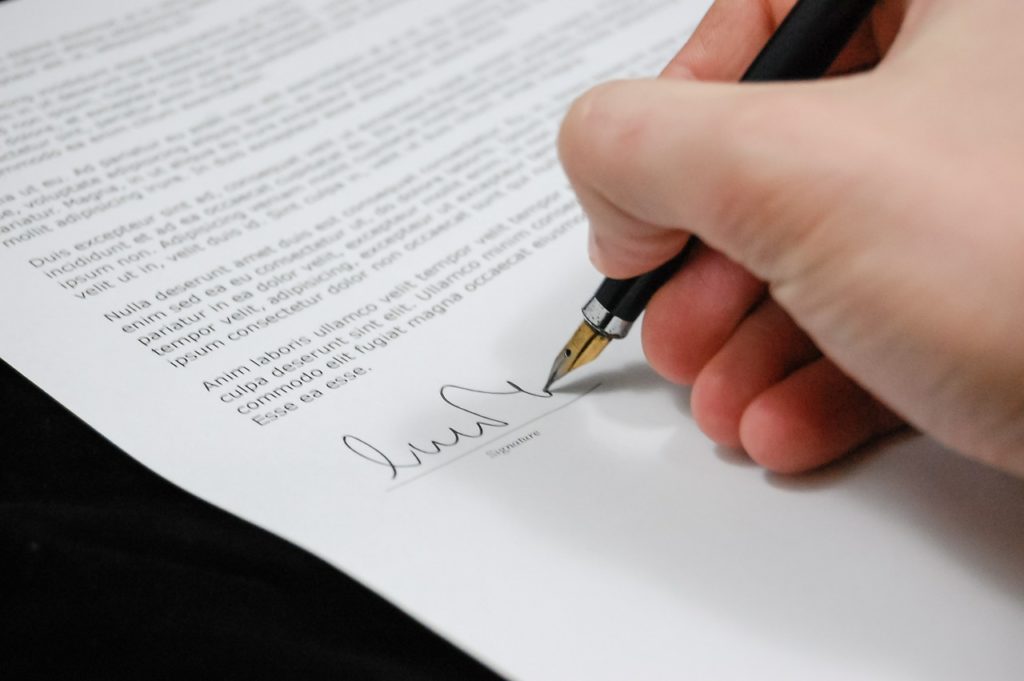Drafting Shareholder Agreements for Start-ups – Part 2
Drafting shareholder agreements for start-ups can be tricky. It is the job of the lawyer to ensure that enough protection is in the document while still being mindful of the client’s budget. In this series, I will briefly explore some of the questions and concerns that arise.
Employment in the Corporation
In a typical start-up scenario, a Corporation will be formed by shareholders who will each have a roll in running the business to be operated by the Corporation. Often times, the shareholders are friends, family members or colleagues who have verbally decided to split the workload based on the skills that each shareholder brings to the table.
A potential concern arises when one or more shareholders feel that one or more of their fellow shareholders are not “pulling their weight” in terms of the workload. What if one of the shareholders gets a full time job offer and wishes to stop participating in the workload? Without addressing this in a shareholders agreement, there is nothing that would prevent this person from remaining as a shareholder and pursuing his or her other interests.
To help the matter, I typically recommend that the shareholders outline their “employment” roles and responsibilities. Ideally, there would be some objective targets that can be looked at to determine if each shareholder is “pulling their weight”. We can then include a clause in the shareholders agreement that if the shareholder voluntarily ceases to perform his or her duties for a period of time, the other shareholder(s) can purchase the inactive shareholder’s shares for fair market value.
Other Triggering Events
The same mechanism can be used in other scenarios, such as if a shareholder dies, becomes disabled, goes into bankruptcy, gets indicted for a criminal offence, etc. Essentially, the shareholders agreement will identify certain “triggering events” where when one of these “triggering events” occurs, the other shareholder(s) will have the option to buy out the inactive or affected shareholder.
Click here to view Drafting Shareholders Agreements for Start-ups Part 1



